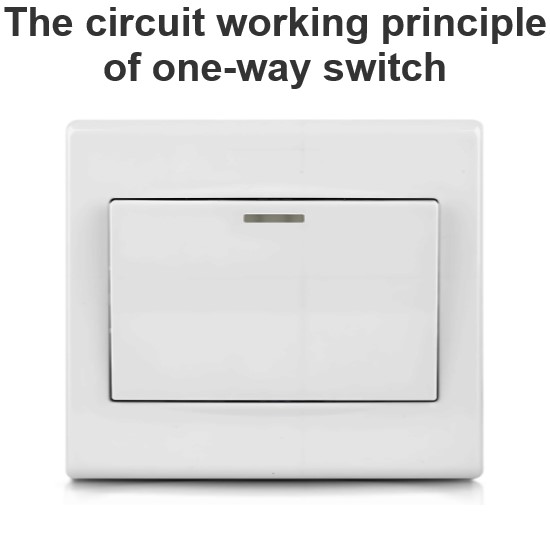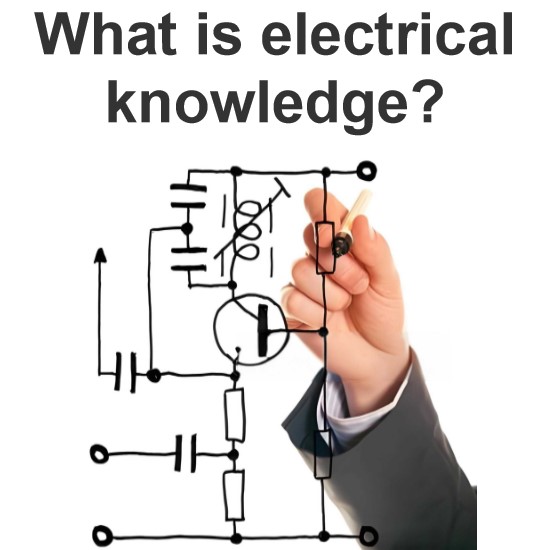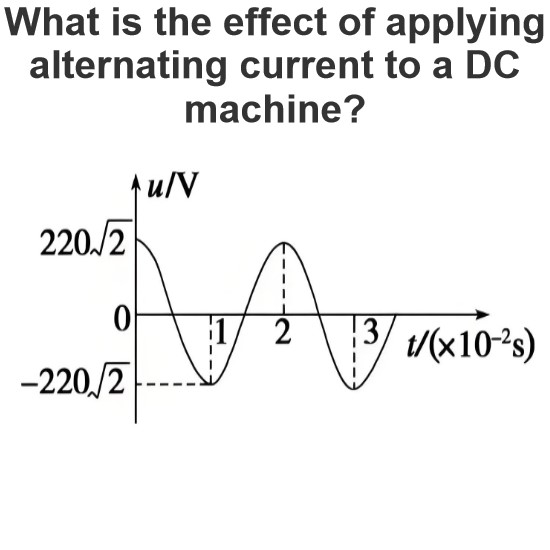What is Distortion?
What is Distortion?
Distortion definition
Distortion refers to changes in the signal during transmission, processing or storage that are inconsistent with the original signal.
Distortion classification
Linear distortion
Amplitude distortion: The amplitude ratio of different frequency components in the signal changes. For example, in audio systems, the amplitude of the high-frequency components is attenuated, which can cause the sound to become dull.
Phase distortion: The phase relationship of different frequency components in the signal changes. This can affect the time domain properties of the signal, such as the shape of the impulse response.
Nonlinear distortion
Harmonic distortion: When the signal passes through a nonlinear system, it generates a harmonic component that is an integer multiple of the frequency of the input signal. For example, in an amplifier, if the input signal is a sine wave, second harmonics, third harmonics, etc., may be generated. Harmonic distortion can cause the sound to become harsh or noisy.
Intermodulation distortion : When multiple signals of different frequencies pass through a nonlinear system at the same time, new frequency components are generated, and these new frequencies are linear combinations of the frequencies of the input signal. Intermodulation distortion may lead to signal interference and increase of bit error rate in communication systems
Cause of distortion
Non-linearity of circuit components: such as transistors, diodes and other components show nonlinear characteristics when working with large signals.
Amplifier saturation: When the input signal is too large, the amplifier enters the saturation region, resulting in distortion of the output signal.
Frequency response of the filter: The frequency response characteristics of the filter are uneven, resulting in changes in the amplitude and phase of the signal.
Nonlinear effects in the signal path: such as nonlinear effects of cables, poor contact of connectors, etc.
Influence
Effects on audio and video signals
In audio systems, distortion can degrade sound quality, causing problems such as noise, distorted sound, or erratic volume changes. In the video system, distortion may lead to image blur, color distortion, picture jitter and other problems.
Impact on the communication system
In the communication system, the distortion will reduce the quality of the signal, increase the bit error rate, and affect the reliability of the communication. Severe distortion can also cause the signal to not be received and decoded correctly.
Impact on measurement and control systems
In measurement and control systems, distortion can affect the accuracy of measurement results and the stability of control systems. For example, the distortion of the sensor output signal may lead to increased measurement errors, and the distortion of the feedback signal of the control system may make the system unstable or misoperate.
A way to reduce distortion
Select the right component
Circuit design optimization
Negative feedback
filtering
Digital signal processing
Sum up
Distortion is a common problem in signal processing and transmission. It is of great significance to understand the classification, causes and effects of distortion and to take effective methods to reduce distortion for improving signal quality and system performance.
The Electricity Encyclopedia is dedicated to accelerating the dissemination and application of electricity knowledge and adding impetus to the development and innovation of the electricity industry.













